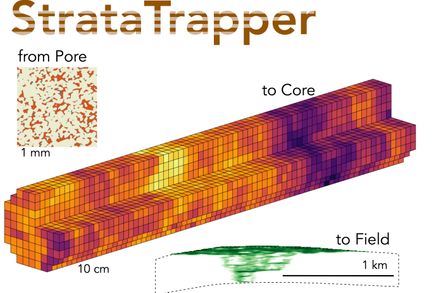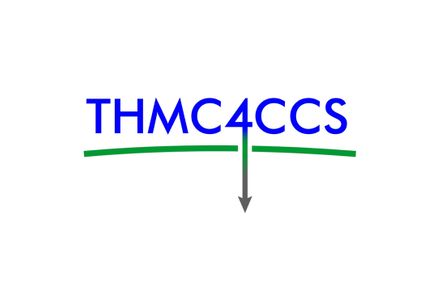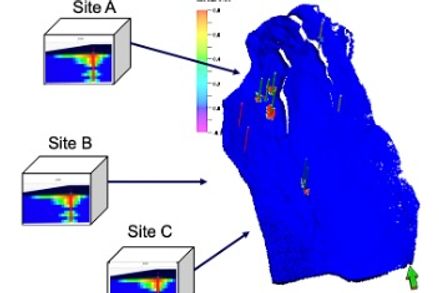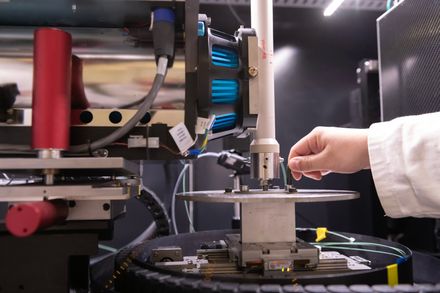BibTex format
@inproceedings{Pongtepupathum:2017:10.3997/2214-4609.201701585,
author = {Pongtepupathum, W and Williams, J and Krevor, S and Agada, S and Williams, G},
doi = {10.3997/2214-4609.201701585},
pages = {883--902},
title = {Optimising brine production for pressure management during CO<inf>2</inf> sequestration in the bunter sandstone of the UK southern north sea},
url = {http://dx.doi.org/10.3997/2214-4609.201701585},
year = {2017}
}





